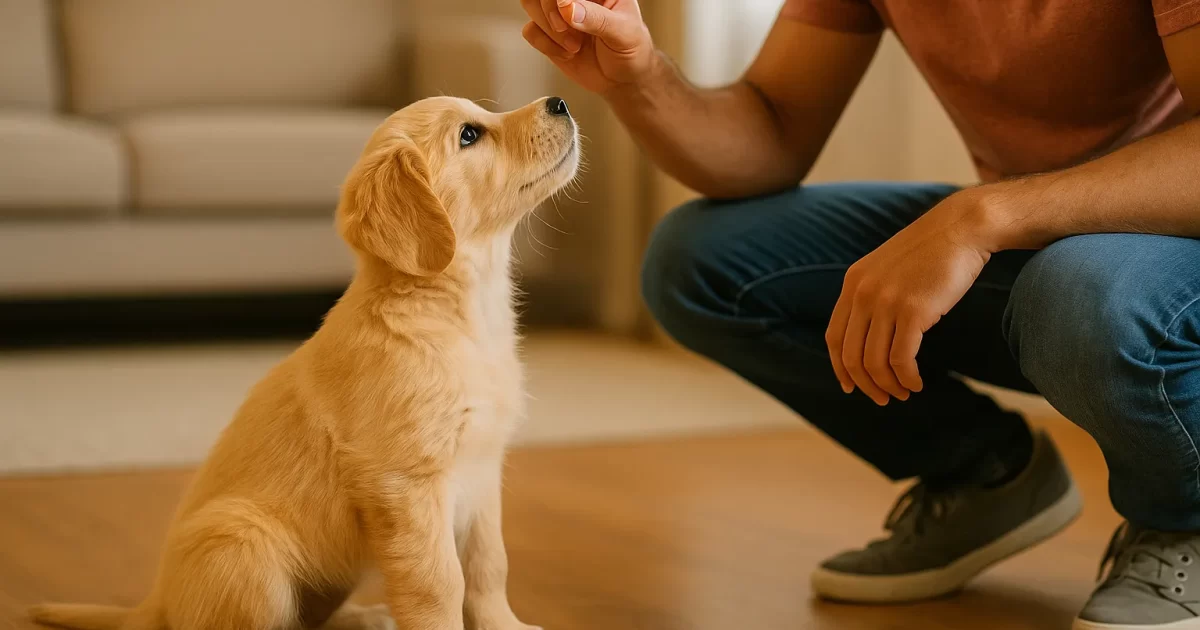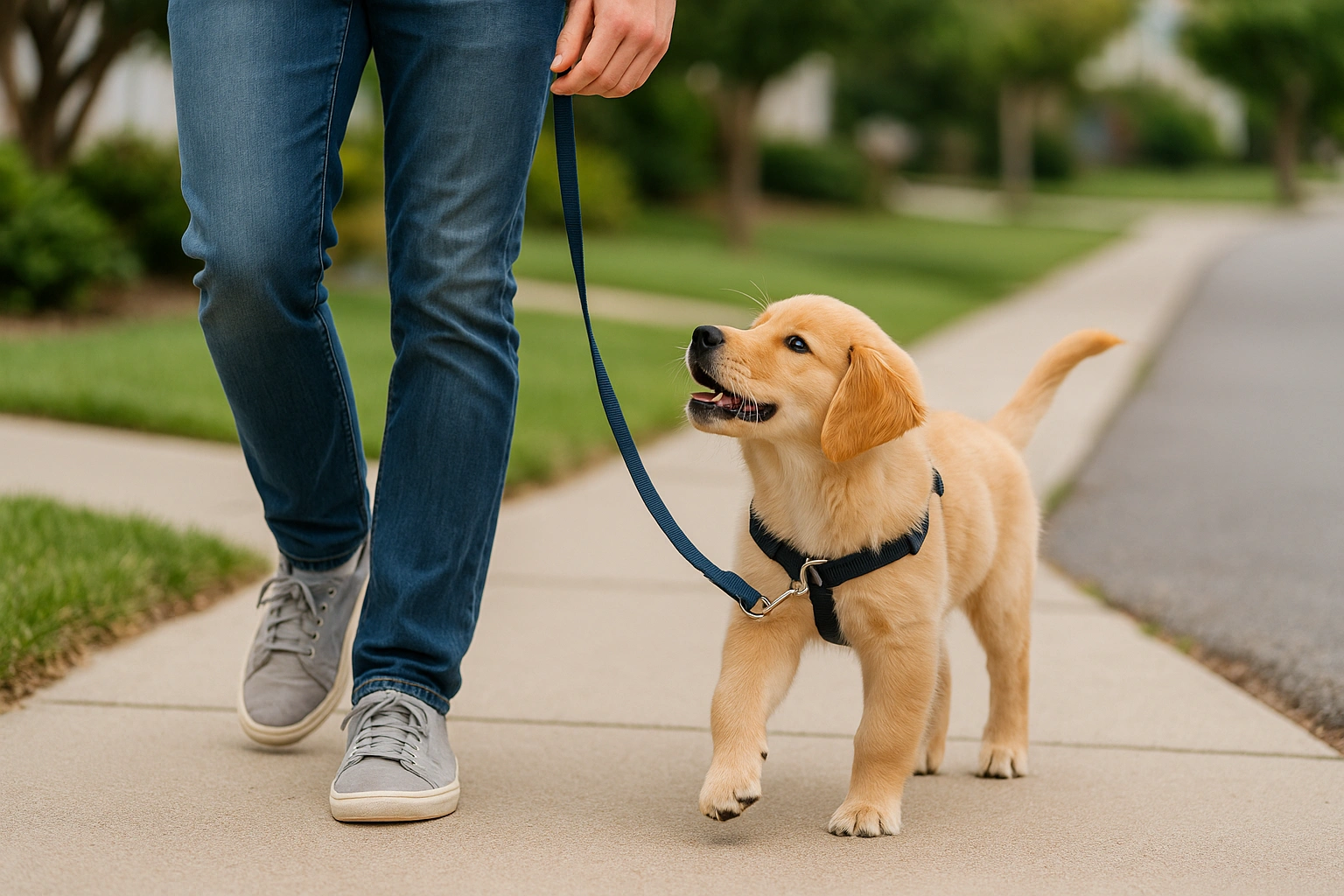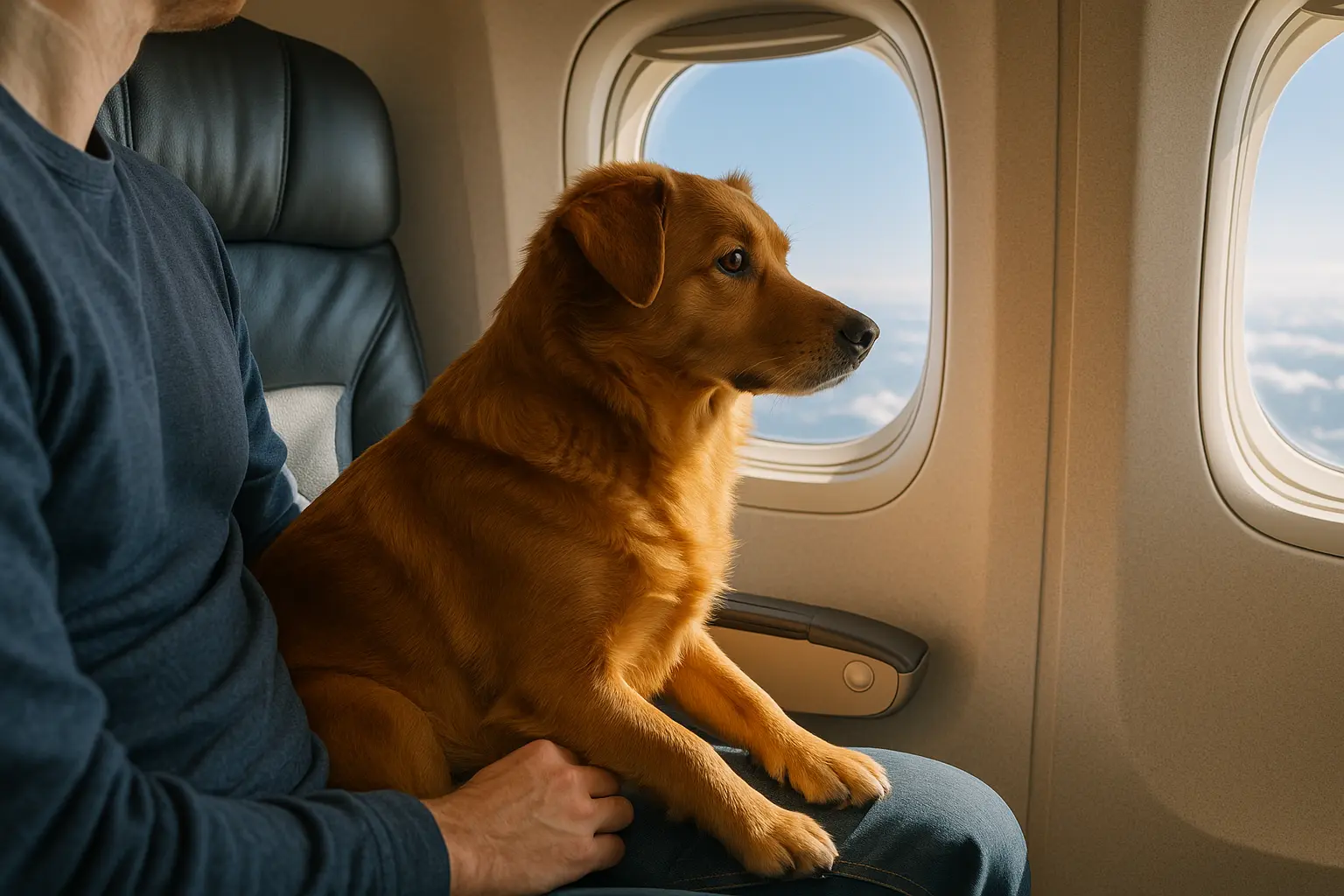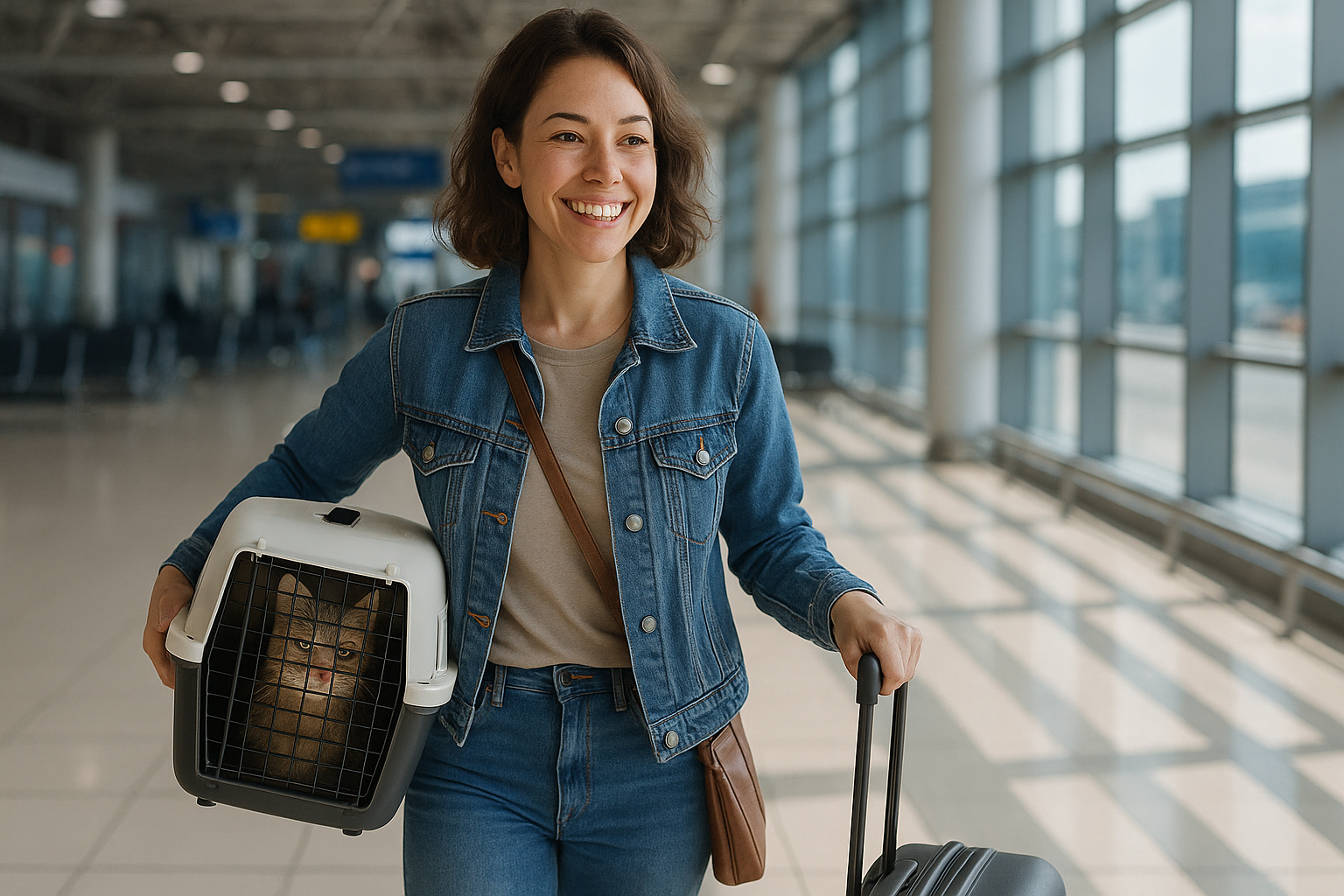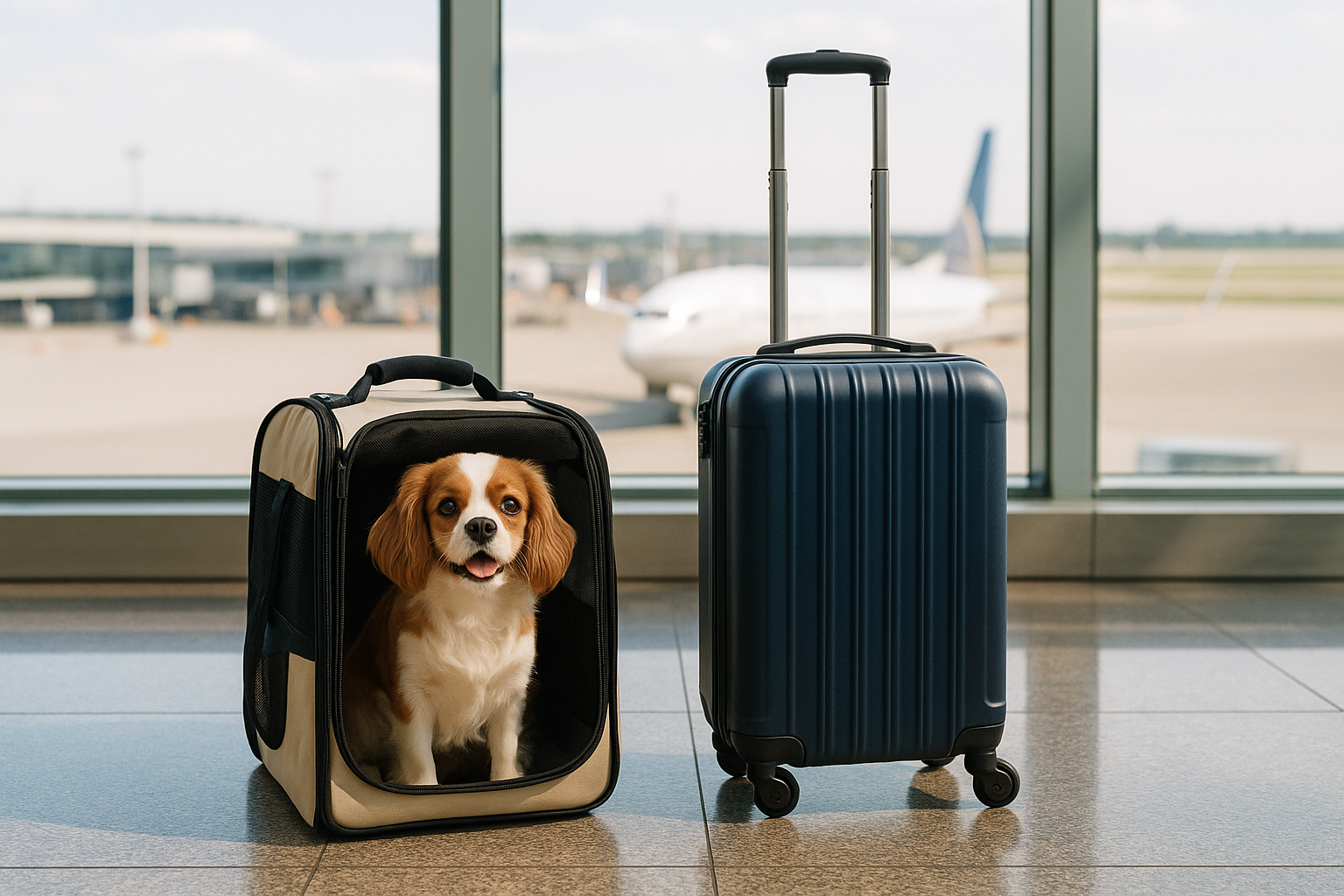Table of Contents
- Why Timing is Everything
- When Should I Start Training My Puppy?
- The Puppy Training Timeline (Week by Week)
- Why Socialization Is the Secret Sauce
- First Commands to Focus On
- Training Mistakes That Delay Progress
- What If I Missed the Ideal Window?
- Visual Aids & Recommended Resources
- FAQ
- Start Now, Thank Yourself Later
Why Timing is Everything
When it comes to training your puppy, timing is one of the most critical factors that can influence success. Puppies are incredibly impressionable during their early weeks and months, absorbing information about their environment, social cues, and expectations like sponges. This period is often called a “critical window” or “sensitive period” for learning, and it typically spans from about 3 weeks to 16 weeks of age.
During this time, puppies are naturally curious and less fearful, making it the perfect opportunity to introduce them to new experiences, people, sounds, and training routines. Starting training early helps set the foundation for good behavior, social confidence, and a strong bond between you and your dog.
Think of your puppy as soft clay – the impressions you make now will shape their lifelong personality and habits. If you wait too long, some behaviors may become harder to change, and your puppy might develop fears or habits that are more challenging to correct.
However, it’s important to understand that “early” doesn’t mean rushing or overwhelming your puppy. Training should be gentle, positive, and tailored to their developmental stage. Puppies have short attention spans and limited physical endurance, so sessions should be brief and fun.
The Science Behind Early Learning
Research in animal behavior and developmental psychology shows that puppies have a heightened ability to learn during the first 12 to 16 weeks of life. This is when their brain is rapidly developing neural connections, and they are most receptive to socialization and training.
During this sensitive period, puppies are less likely to develop fear responses to new stimuli if they are introduced gradually and positively. Conversely, if they miss out on socialization during this time, they may become fearful or reactive later in life.
Early training also helps with establishing routines, such as potty training and crate familiarity, which are essential for smooth integration into your home.
Why Early Training Benefits You and Your Puppy
- Builds trust and communication: Starting early creates a foundation of clear communication between you and your puppy.
- Prevents behavior problems: Early guidance reduces the risk of unwanted behaviors like biting, excessive barking, and separation anxiety.
- Enhances social skills: Early socialization helps puppies become well-adjusted adults who are comfortable around people and other dogs.
- Reduces stress: Puppies who understand expectations and routines tend to be calmer and more confident.
- Creates lifelong habits: Good habits formed early tend to stick, making future training easier.
When Should I Start Training My Puppy?
The general consensus among veterinarians, dog trainers, and animal behaviorists is that training should start as soon as you bring your puppy home – usually around 8 weeks of age. This doesn’t mean intensive lessons from day one, but rather gentle introductions to basic commands, socialization, and routines.
At 8 weeks, puppies are developmentally ready to start learning their name, simple commands like “sit” and “come,” and basic house rules. This stage is perfect for crate training and beginning potty training routines.
It’s important to remember that “training” at this stage is not about strict obedience but about building positive associations and making learning fun. Training sessions should be short (5 to 10 minutes), frequent, and reward-based.
Training Before Vaccinations
Many new puppy owners worry about socializing their puppy before vaccinations are complete. While it’s true that your puppy’s immune system is still developing, socialization and basic training can and should begin safely indoors or in controlled environments.
- Introduce your puppy to family members and trusted visitors in your home.
- Expose them to different sounds (vacuum, doorbell, music) using recordings or controlled exposure.
- Practice handling exercises like touching paws, ears, and mouth to prepare for vet visits.
Outdoor socialization with other dogs and public spaces should wait until your puppy has received the essential vaccinations, usually around 12 to 16 weeks, but early indoor training is crucial.
Signs Your Puppy is Ready to Train
- They respond to their name consistently.
- They show curiosity and willingness to explore.
- They tolerate gentle handling and touch.
- They can focus on you for short periods.
- They are physically healthy and alert.
If your puppy seems scared, overwhelmed, or uninterested, slow down and try again later. Patience is key to building confidence.
The Puppy Training Timeline (Week by Week)
To help you navigate the exciting but sometimes overwhelming puppy training journey, here is a detailed week-by-week timeline outlining key milestones, training goals, and socialization targets.
8–10 Weeks: Baby Steps Begin
This is your puppy’s first introduction to their new home and family. Focus on gentle exposure and positive experiences.
- Name Recognition: Use your puppy’s name frequently and reward them when they respond by looking at you or coming closer.
- Potty Training: Establish a consistent schedule for bathroom breaks, ideally every 1-2 hours, especially after eating, drinking, or waking up.
- Crate Introduction: Make the crate a positive, safe space by feeding meals inside and providing toys.
- Short Leash Walks: Begin very brief walks in safe, quiet areas to get your puppy used to wearing a collar and leash.
- Handling and Grooming: Gently touch paws, ears, and mouth daily to prepare for vet visits and grooming.
- Exposure to Sounds: Play recordings or softly introduce household noises like vacuum cleaners and doorbells.
Tip: Keep training sessions short and positive. Puppies tire quickly and can become frustrated.
10–12 Weeks: Early Obedience & Socialization
Your puppy is becoming more alert and eager to interact. This is a great time to introduce basic obedience commands and expand socialization.
- Basic Commands: Teach “sit,” “come,” and “leave it” using treats and praise.
- Leash Practice: Continue indoor leash training and short walks, rewarding calm behavior.
- Socialization: Introduce your puppy to calm, vaccinated dogs and new environments in a controlled way.
- Confidence Building: Encourage exploration by exposing your puppy to different surfaces (carpet, tile, grass).
- Alone Time: Begin short periods of alone time to prevent separation anxiety.
Remember: Always supervise interactions with other dogs and people, and watch for signs of stress.
12–16 Weeks: Prime Learning Period
This is the peak socialization window. Your puppy’s brain is primed to absorb new information quickly.
- Hand Signals: Add hand signals to verbal commands for clearer communication.
- Biting & Jumping: Redirect mouthing and jumping to acceptable behaviors with toys and calm greetings.
- Leash Walking: Practice walking with distractions like other people and noises.
- Puppy Classes: Enroll in puppy socialization classes after vaccinations for structured learning and social opportunities.
- Handling & Grooming: Increase tolerance for grooming tools and vet handling.
Key: Consistency and positive reinforcement will help your puppy learn faster and build confidence.
4–6 Months: Reinforcement & Boundaries
Your puppy is growing and testing limits. Reinforce training and set clear boundaries.
- Longer Stays: Practice “stay” commands with increasing duration and distance.
- Calm Greetings: Teach your puppy to greet visitors calmly without jumping or barking.
- Resource Guarding: Address any guarding behavior around toys or food early with professional guidance if needed.
- Public Training: Take training outdoors to busier environments to improve focus.
- Impulse Control: Introduce “wait” and “leave it” in real-life situations.
6+ Months: Advanced Learning and Enrichment
As your puppy matures, their capacity for learning complex behaviors grows.
- Complex Commands: Teach commands like “go to bed,” “heel,” and “drop it.”
- Off-Leash Recall: Practice reliable recall in safe, enclosed areas.
- Distraction Training: Work on focus and obedience in high-distraction environments like parks.
- Enrichment Activities: Introduce agility games, puzzle toys, and scent work to stimulate their mind.
- Ongoing Socialization: Continue exposing your dog to new experiences to maintain social skills.
Why Socialization Is the Secret Sauce
While obedience commands are important, socialization is arguably the most crucial aspect of early puppy training. Socialization is the process of exposing your puppy to a wide variety of people, animals, environments, sounds, and experiences in a positive way. This helps your puppy develop confidence, reduces fearfulness, and prevents behavior problems like aggression and anxiety.
The socialization period peaks between 8 to 14 weeks, making it essential to introduce your puppy to as many positive experiences as possible during this time.
What to Socialize Your Puppy To
- People: Different ages, ethnicities, genders, and appearances (children, seniors, people with hats or glasses).
- Animals: Calm, vaccinated dogs, cats, and other pets if possible.
- Environments: Various surfaces (grass, tile, wood, sand), indoor and outdoor spaces.
- Sounds: Household noises (vacuum, blender), traffic, sirens, fireworks (using recordings).
- Handling: Gentle touching of paws, ears, mouth, teeth, tail, and grooming tools.
- Car Rides: Short, positive trips to prevent car anxiety.
How to Socialize Safely
Safety is paramount during socialization. Always:
- Ensure your puppy is healthy and vaccinated before exposure to other dogs.
- Supervise all interactions carefully.
- Watch for signs of stress or fear and back off if needed.
- Use treats and praise to create positive associations.
- Keep experiences brief and enjoyable.
Why Socialization Fails and How to Avoid It
Socialization can fail if it is rushed, forced, or negative. Forcing a fearful puppy into overwhelming situations can cause trauma and worsen fearfulness. Instead, take a gradual approach:
- Start with less intense stimuli and slowly increase exposure.
- Use counter-conditioning techniques to change negative associations.
- Work with a professional trainer or behaviorist if your puppy shows extreme fear or aggression.
First Commands to Focus On
When beginning training, focus on foundational commands that promote safety, communication, and good manners. These commands will serve as building blocks for more advanced training.
1. Name Recognition
Teaching your puppy to recognize and respond to their name is the first and most important step. Use your puppy’s name consistently and reward them immediately when they look at you or come closer after hearing it.
Tips:
- Say the name in a happy, inviting tone.
- Pair the name with treats or praise.
- Practice several times a day in different locations.
2. Sit
“Sit” is a simple command that helps your puppy learn impulse control and focus. It’s useful for greeting people calmly and preparing for other commands.
How to teach:
- Hold a treat close to your puppy’s nose.
- Move the treat upward and back over their head – their bottom will naturally lower.
- Once seated, say “sit” and give the treat along with praise.
- Repeat in short sessions, gradually adding the verbal cue before the motion.
3. Come (Recall)
Recall is essential for your puppy’s safety. Teaching “come” ensures your dog will return to you when called, even in distracting environments.
How to teach:
- Start indoors with minimal distractions.
- Use a happy, excited voice and show treats or toys.
- When your puppy comes, reward lavishly with treats and praise.
- Practice frequently and gradually increase distance and distractions.
4. Leave It
“Leave it” teaches your puppy to ignore or drop something potentially dangerous or unwanted, such as food on the floor or harmful objects.
How to teach:
- Hold a treat in your closed fist and let your puppy sniff.
- When they stop trying to get it and pull back, say “leave it” and reward with a different treat from your other hand.
- Practice with different objects and in various settings.
5. Potty Cues
Teaching your puppy to potty on cue helps with house training and prevents accidents.
How to teach:
- Choose a consistent cue phrase like “go potty.”
- Take your puppy to the potty spot and say the cue.
- Reward immediately after they eliminate.
- Be patient and consistent with timing and location.
Training Mistakes That Delay Progress
Even the most well-intentioned puppy parents can inadvertently slow their puppy’s progress by making common training mistakes. Awareness and correction of these pitfalls can save you time and frustration.
1. Inconsistency
Puppies learn through repetition and clear expectations. If rules are inconsistent – for example, sometimes allowing jumping up and other times punishing it – your puppy will be confused and less likely to learn desired behaviors.
Solution: Agree with all family members on rules and commands. Use the same words and responses every time.
2. Punishment and Yelling
Harsh corrections, yelling, or physical punishment can damage your relationship with your puppy and increase fear or aggression. Puppies respond best to positive reinforcement.
Solution: Redirect unwanted behavior and reward good behavior. Use calm, firm commands and patience.
3. Waiting Too Long to Start
Delaying training or socialization can lead to missed critical windows and harder-to-change behaviors.
Solution: Start training and socialization as early as possible, even before vaccinations indoors.
4. Not Rewarding Quickly Enough
Timing is crucial in training. If you delay the reward, your puppy may not connect the behavior with the treat or praise.
Solution: Reward immediately after the desired behavior.
5. Overwhelming Your Puppy
Introducing too many new commands, environments, or social situations at once can stress your puppy and reduce learning.
Solution: Introduce new things gradually and keep training sessions short.
What If I Missed the Ideal Window?
It’s important to remember that while early training and socialization are ideal, it’s never too late to train your dog. Puppies older than 16 weeks, adolescent dogs, and even adult dogs can learn new behaviors and improve their social skills with patience and the right approach.
Older dogs may take a bit longer to learn or unlearn habits, but with consistent routines, positive reinforcement, and professional guidance if needed, they can thrive.
How to Start Training an Older Puppy or Adult Dog
- Begin with basic commands and house rules.
- Establish a consistent daily routine.
- Use high-value rewards to motivate your dog.
- Limit opportunities for misbehavior by managing the environment.
- Be patient and celebrate small progress.
Addressing Fear or Behavioral Issues
If your dog missed early socialization and shows fear or aggression, consider consulting a professional trainer or behaviorist. They can design a tailored program using desensitization and counter-conditioning techniques.
Visual Aids & Recommended Resources
Images for Inspiration




Watch
Recommended Online Resources
- AKC Puppy Training Timeline
- AlphaPaws Puppy Training Guide
- Tactipup’s Free Dog Training Resources
- UC Davis Puppy Socialization Tips
FAQ – When Should I Start Training My Puppy?
Can I start training before vaccinations?
Yes, but it should be limited to safe, clean environments like your home. Early socialization with people and sounds indoors is encouraged before outdoor exposure.
What’s the biggest mistake in early training?
Inconsistency. If one day you allow jumping and the next you don’t, your puppy will be confused and slow to learn.
How do I balance training with playtime?
Make training playful by incorporating games, treats, and toys. This helps your puppy associate learning with fun.
Is it okay to train a puppy every day?
Absolutely. Short daily sessions are ideal to reinforce learning and build habits.
What if my puppy doesn’t respond to rewards?
Try different rewards such as small pieces of chicken, tug toys, or verbal praise. Find what motivates your puppy best.
Start Now, Thank Yourself Later
Training your puppy is not about control – it’s about connection. The earlier you start, the easier and more enjoyable the journey becomes for both of you. Begin with trust, consistency, and lots of love.
Tell us in the comments: what’s the first command your puppy nailed? 🐕
Hungry for more tips? Explore our guide on Pet Health & Wellness or download our free printable Puppy Training Checklist.
Current date: Tuesday, May 13, 2025, 10:06 PM CEST
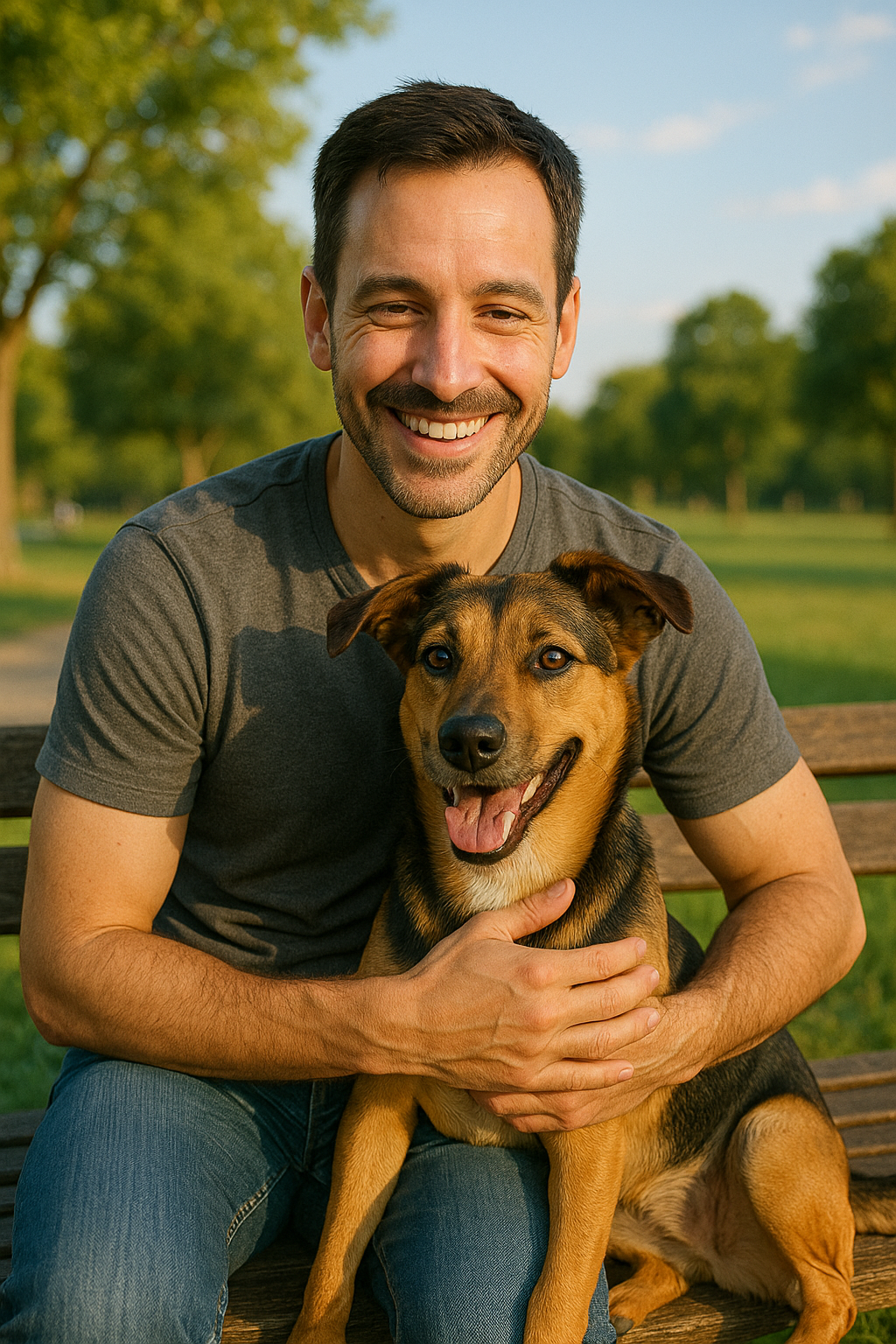
Hi, I’m Daniel – a proud dog dad, lifelong animal lover, and passionate advocate for pet rescue. I’ve spent years volunteering, learning about animal behavior, and helping fellow pet parents navigate the ups and downs of life with their four-legged friends. Here at Pawfect Life, I’m excited to share everything I’ve learned so your pet can live a healthier, happier life – and so can you. 🐾

